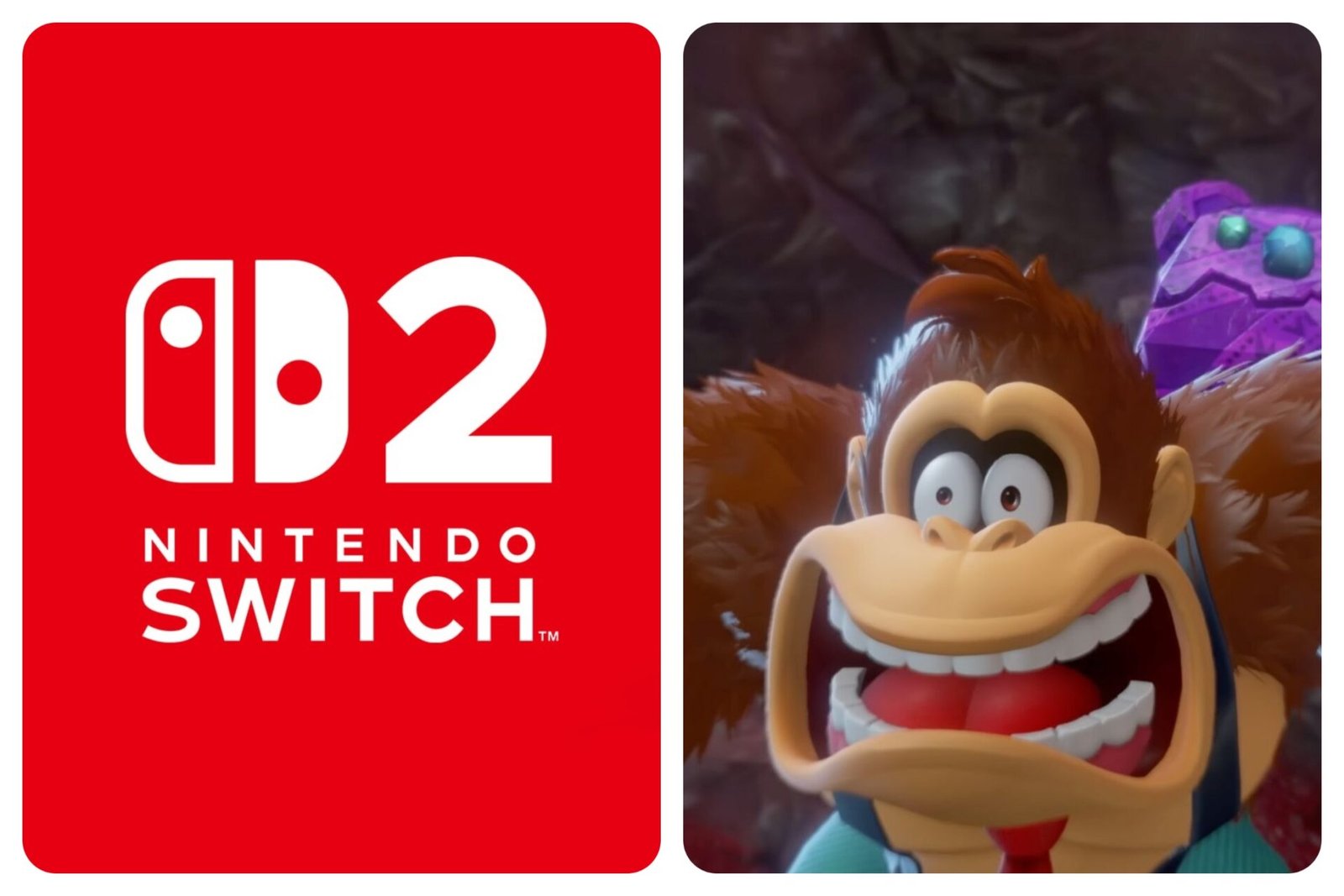It’s no secret that the Nintendo Switch 2’s blockbuster launch was truly one of a kind. In the latest financial report, the company has mentioned that they have already sold over 6 million units of their latest handheld console, breaking their previous sales records.
Surprisingly, despite these phenomenal sales figures, Nintendo has confirmed that its operating profit ratio plummeted from 22.1% to just 9.9%.
Although it’s pretty evident that the company’s net sales saw a dramatic increase of 132.1% year-on-year, reaching 572.3 billion yen, obviously due to the Nintendo Switch 2 launch. Still, this impressive growth didn’t help the Japanese tech giant improve its profitability.
What is Operating Profit Ratio?

Operating Profit Ratio, as the name suggests, is a financial metric that is directly tied to the company’s profitability. Taking the example of Nintendo’s latest financial report, the ratio shows that for every yen in sales, the company’s profit was 9.9 sen (or 9.9%) after accounting for the costs of running the business but before deducting taxes and interest.
Last year, Nintendo clocked in a 22.1% operating profit ratio. However, following the launch of the Switch 2 console, it has significantly reduced to 9.9%.
The Reason Behind The Decline

Now, many of you might be thinking Nintendo is in danger or going bankrupt after poor financial results but this is obviously not the full picture.
To grasp why the operating profit ratio of Nintendo declined despite the successful launch of Switch 2, you have to understand how Nintendo makes money using its console business.
Nintendo Switch Business Model Explained in Layman’s Terms
The company usually loses money or carries a lower profit margin whenever it sells a single unit of Nintendo Switch. Keep in mind that we’re only talking about the hardware stuff here. This is a common trend in the gaming industry where companies often take a smaller profit or even a loss on hardware in order to make loads of revenue in the future by selling games and accessories.
Big corporations like Sony and HP also follow the same practice when it comes to the PlayStation and printers, respectively. For example, HP doesn’t make money by selling printers. Instead, their main source of revenue is overpriced inks and A4 printing sheets.
Coming back to Nintendo’s case, the operating profit also saw a huge decline due to massive advertising expenses, which have essentially doubled in the last quarter, increasing by 115.2% to 37.0 billion yen in an effort to promote Switch 2 globally.
So, to sum things up, the significant decline in profit margins is just a short-term thing for Nintendo and they’re actually going to make a lot of money—more than ever—by selling you your favorite Mario and Zelda games.
Also, don’t forget that the Nintendo Switch Online (NSO) subscription service contributes heavily to the company’s recurring revenue. It’s a subscription that is required to play online multiplayer games and also provides access to the classic titles.
